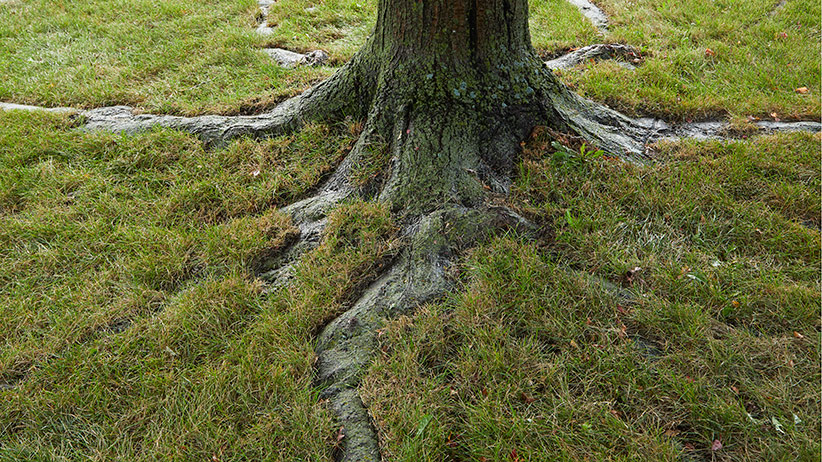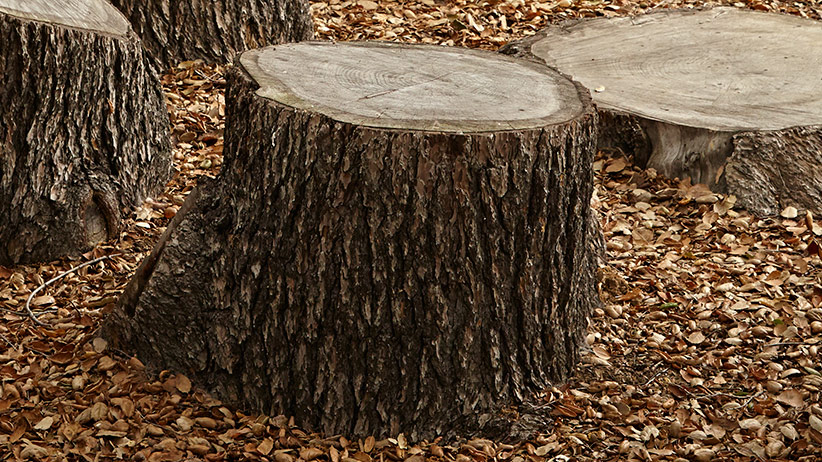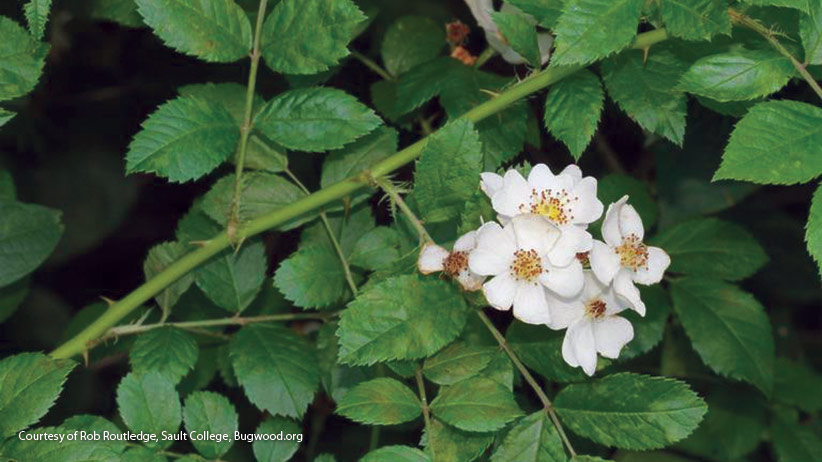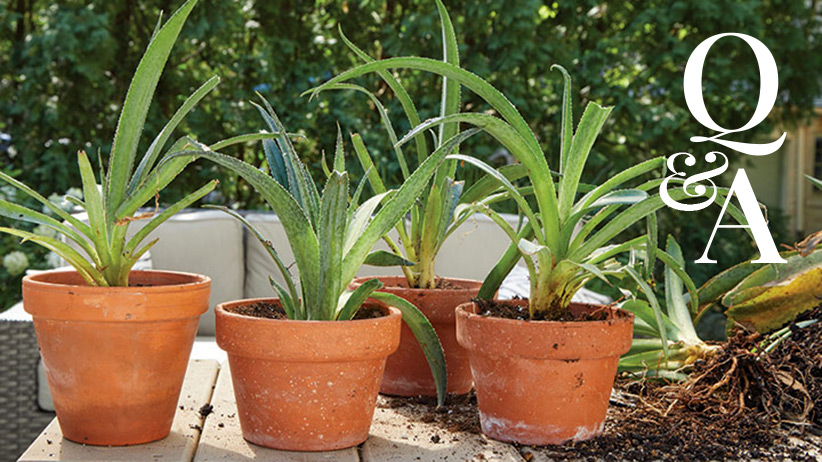Root pruning = healthier trees
Container-grown trees are a great way to get height in spots where you can’t plant in the ground and add drama and permanence where you might normally just grow annuals. To grow a tree in a pot, use a container at least 20 inches in diameter and height. The larger the pot, the better your tree will grow, plus it will be heavier and less likely to blow over. Although you can plant almost any tree in a container, you’ll have the best results with varieties that are naturally small. And to subdue a tree's size and keep it growing healthy for years, you should root prune.
How often should you root prune container grown trees?
To stimulate smaller feeder roots to grow and control the plant’s size, the tree should be root pruned every 2 to 3 years. This is important because over time, roots will circle inside the pot and may girdle the trunk, which constricts the flow of water and nutrients to the canopy and could kill the tree. Root pruning will remove circling roots and encourage a healthier root system.
Best time to root prune trees
This technique is best to do in late winter or early spring while the tree or shrub is dormant. Avoid root pruning in the summer as it can be stressful for the plant to try to grow new roots when they are needed for water uptake. When the plant is dormant, they have a better head start on growing roots after pruning them off.
To learn how to root prune, watch the video above, or keep scrolling to see the process of repotting a container-grown arborvitae.
You Might Also Like:
DIY Spiral Topiary
How to Plant a Tree in Four Easy Steps
Designing with Japanese Maples
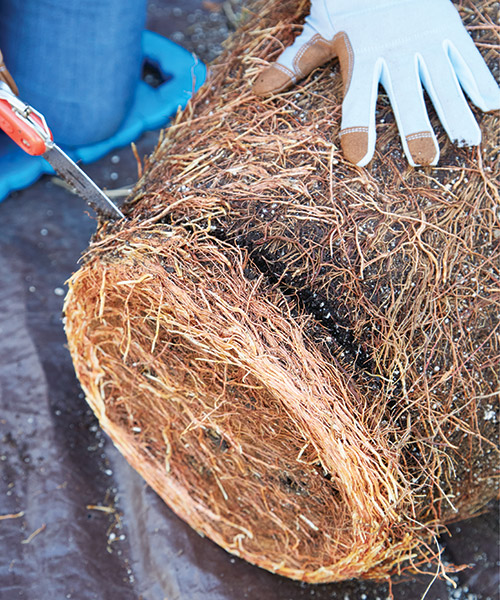
How to steps for root pruning container grown trees
Step 1: Slice the bottom roots
It is best to root prune container trees while the plant is dormant in late winter or early spring every 2 to 3 years. Start by using a soil knife to loosen the tree in its pot, then tip it on its side to slide the root ball out of the container. With a pruning saw or sharp knife, slice about 2 inches off the bottom of the root ball to get rid of circling roots massed at the bottom of the pot.
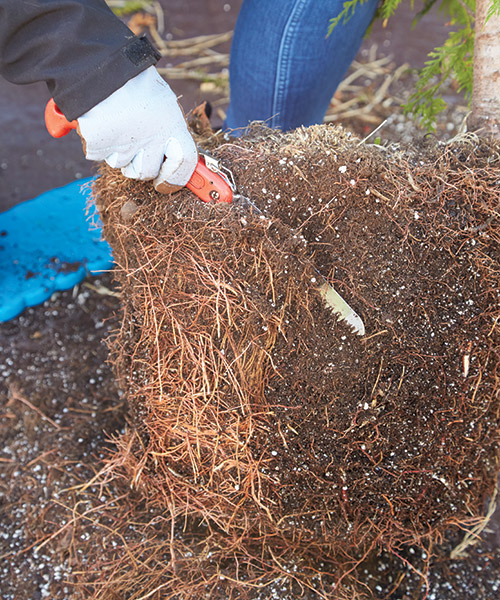
Step 2: Shear the sides
Along the sidewalls of the pot, roots may also be circling and tangling together. Shear 1 to 2 inches of these roots all the way around the root ball, depending on the size of the tree. The larger the plant, the more roots you can shave off. If you notice thicker roots wrapping around the trunk, cut them off close to the trunk with a hand pruner or lopper to prevent girdling.
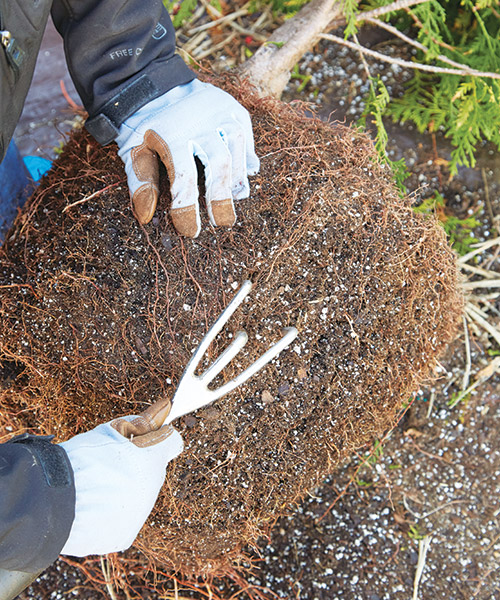
Untangle the roots
After trimming the roots, tease out tangled roots with your fingers or a hand rake so they can grow unimpeded into the fresh potting mix once repotted. This also loosens the root ball and encourages the plant to grow more feeder roots for absorbing water quickly in pots with limited moisture-holding capacity.
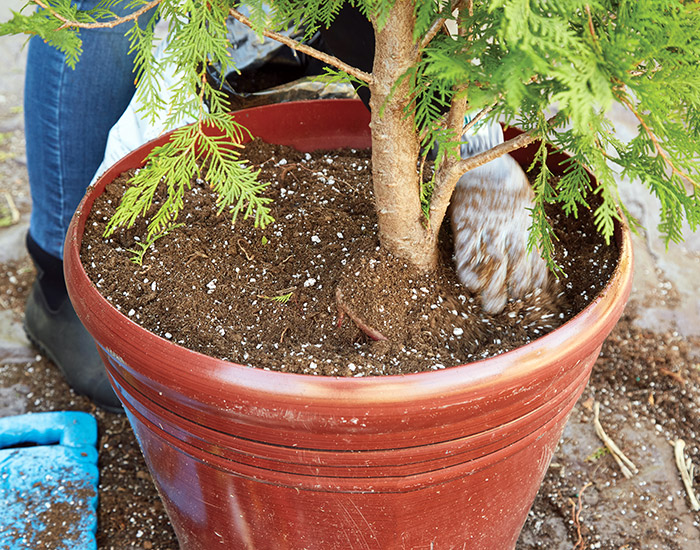
Step 4: Replant the tree
You can repot the tree back into the same pot, or upgrade to one no more than 2 inches in diameter larger if you want the tree to increase in size. Don’t go too much larger than the previous container — excess potting mix in a pot that is very large may stay too wet and rot the roots before they can get established.
To repot, set the tree in straight on top of a layer of fresh potting mix, making sure it is planted no deeper than it was in the previous container. Tamp new potting mix in around the sides of the root ball and water in thoroughly.
Many trees can be grown in pots for up to 20 years or more. Keeping the roots healthy will ensure your container tree lives a long, full life.
You Might Also Like:
Pros and Cons of Different Types of Garden Containers
Must Have Pruning Tools for Gardeners
Never Follow This Pruning Advice









